Updated Sep 2025 (Originally published Dec 2016)
My typical website design process has three key stages: 1) Consultancy, 2) Design, and 3) Development. This post dives into stage two: the seven-step visual design process. By now, your consultancy package is signed off, including briefs, wireframes, prototypes, specs, budgets, and timelines. So, how do you start step two and get in the right mindset?
This approach works for most of my projects. If you’re still figuring out how to tackle every project from scratch, this might help. Pick and tweak what works for you.
1. Fear of the Blank Page: Where to Begin?
A structured process helps beat the dreaded blank page.
Start by getting organized. Set up a project folder with a subfolder for “Assets” to store wireframes, briefs, guidelines, images, content, and graphics. It’ll save you time later.
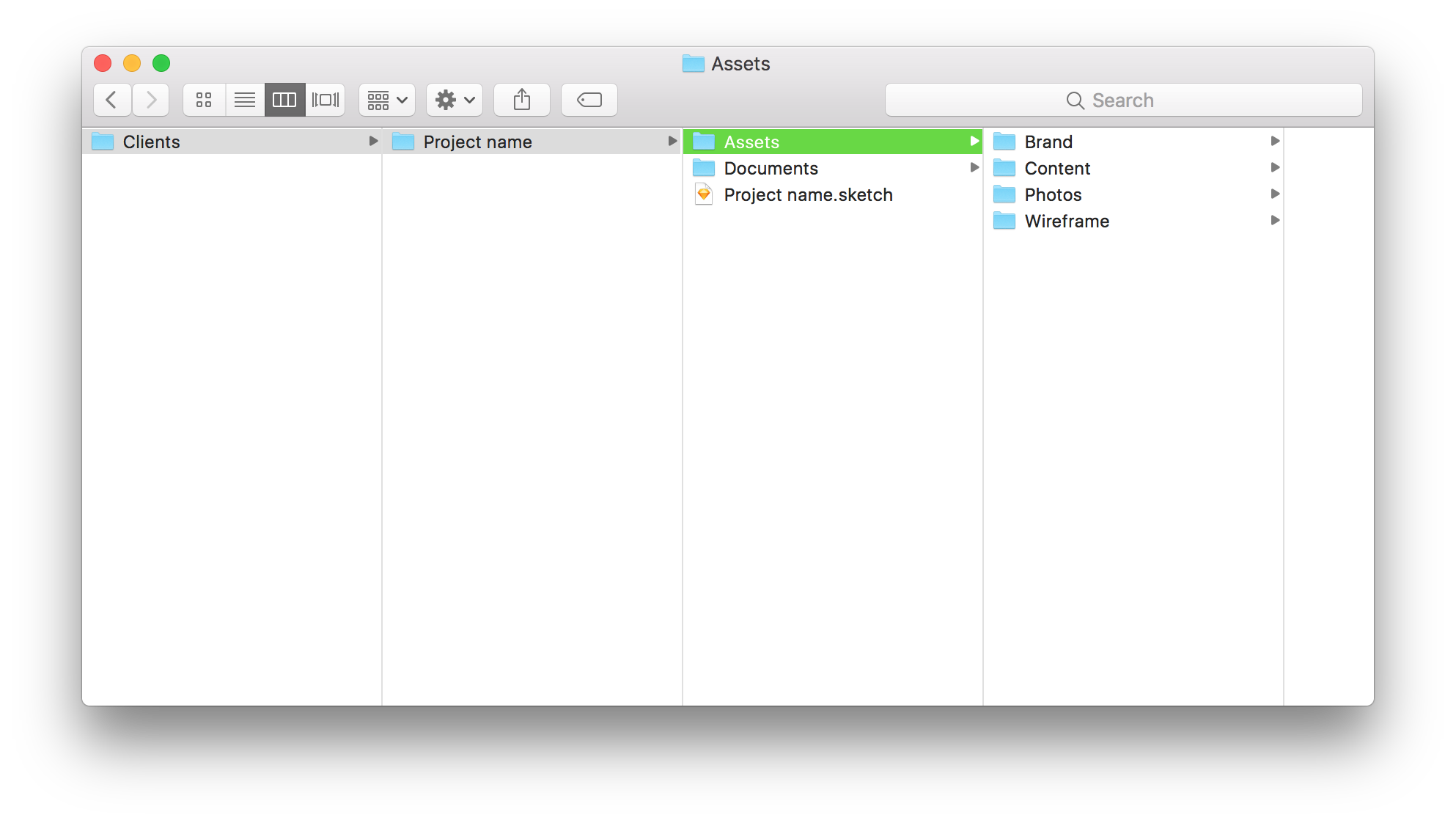
Read the brief carefully. Pay attention to the look and feel your client wants. Note likes, dislikes, potential colours, fonts, imagery, and overall style. Know your primary direction, and think of a backup idea in case there’s flexibility.
2. Set Your Mobile & Desktop Grids
Grids keep your design aligned with the final website. I usually stick to a 12-column desktop grid and a 4-columns mobile grid. Most developers I work with use this setup.
Some projects call for a custom grid for a more premium feel. That takes more time and budget, so make sure your client and developers are aligned. When in doubt, keep it simple.
3. Typography
Typography is the backbone of your design. Clear type ensures your message gets across. Everything else—colors, visuals, brand flair—should support the content, not compete with it.
Check if the client requires specific fonts and make sure they have a web license. If they’re open to new fonts, explore Google Fonts or Typekit for combinations that fit the brief.
Setting the Type
Connecting typography with code can be tricky. I use Type Scale for simpler projects or Modular Scale for bigger ones. Take screenshots and recreate them in Figma.
Grab my free starter templates for Figma. Pick fonts, update styles, and follow the scale to keep typography consistent and developer-friendly.
Keep font styles minimal. Only add new styles when necessary. Typically, I have styles for h1–h6, paragraphs, quotes, captions, and inverted/dark background variations.
Style Guide Starter (Figma)
4. Logo, Colours, and Other Design Assets
Check the creative brief and brand guidelines again. Review the client’s website, competitors, and any inspirational material.
Browse Behance and Dribbble for visual cues that match your project’s vibe.
Gather logos, colours, fonts, illustrations, icons, images, messages, USPs, and tone of voice.
Lay everything on your canvas and experiment with combinations that answer the brief creatively.
5. Working Fast
Now it’s time to flesh out the wireframe. You don’t need to go header-to-footer. Start where the ideas are strongest. Present key content first, then build around it. Mix type, imagery, and colors. Refine, rinse, repeat.
Don’t overcomplicate small details that slow development. Focus on impact with minimal effort.
Use your budget wisely. Spend time on the key feature, not tiny details. Deliver a meaningful design first, then explore the extras.
6. Presenting Your Design
How you present your design matters. Face-to-face is ideal, but if not, use the tool that allows you to share your screen. Explain how your design solves the brief. Don’t just drop a folder of files on your client. A follow up with a working prototype in Figma for comments would be great as well.
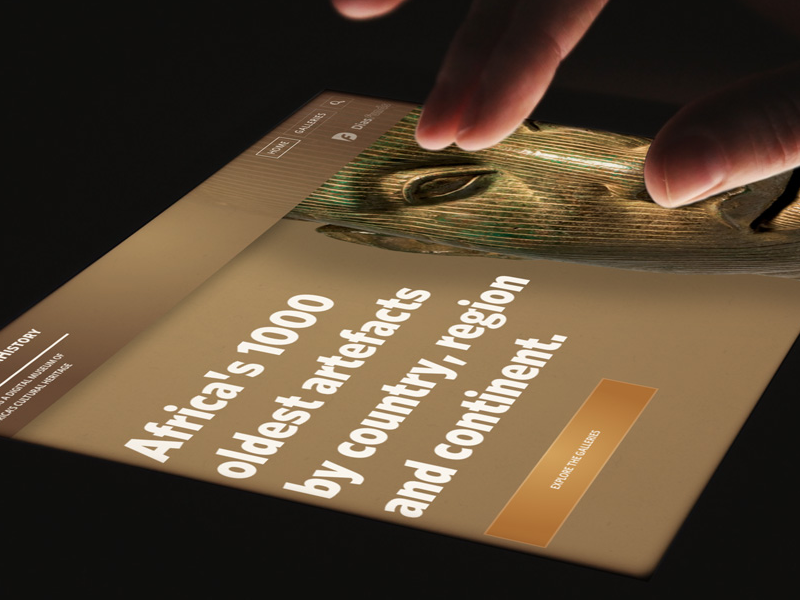
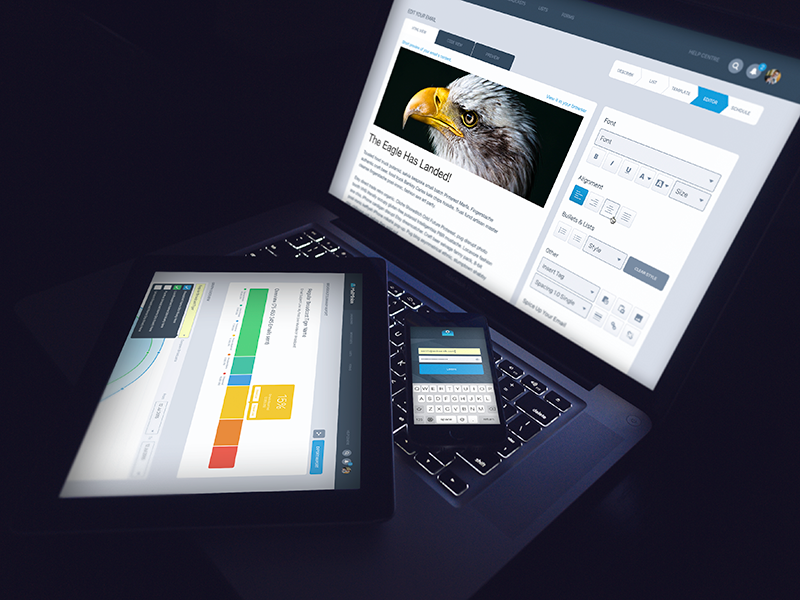
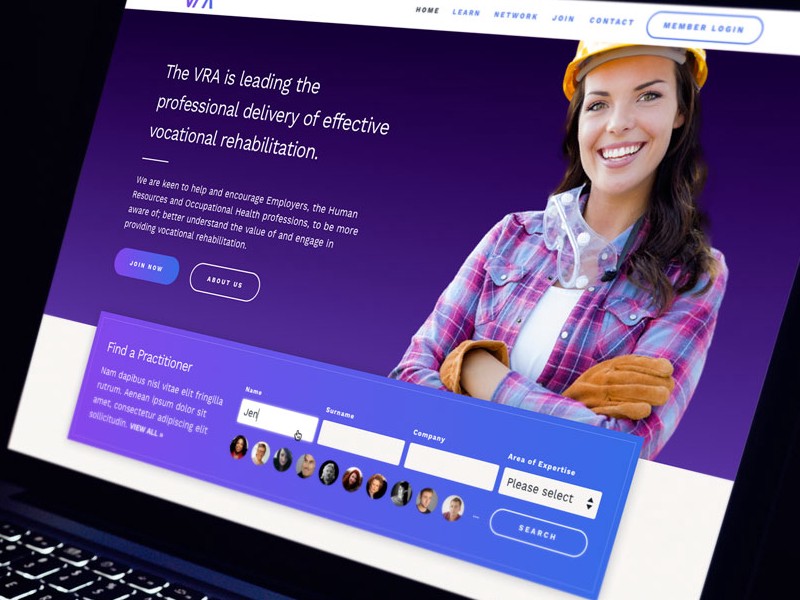
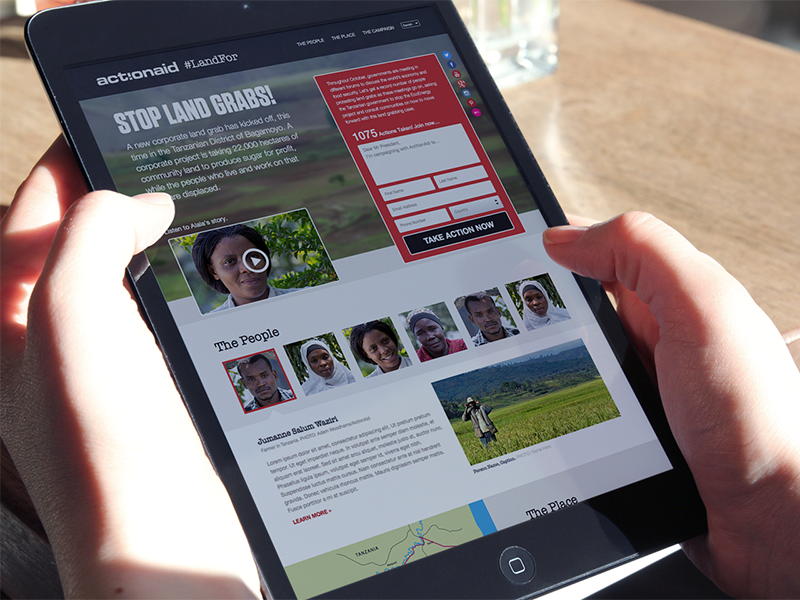
7. Design Handover
Handover meetings are critical. Walk through each screen with your developer, answer questions, and clarify everything.
Figma Dev Mode
Tools like Figma Dev Mode let developers see measurements, colour values, fonts, CSS, and even complex gradients directly in their browser. They can download assets instantly, saving tons of time.
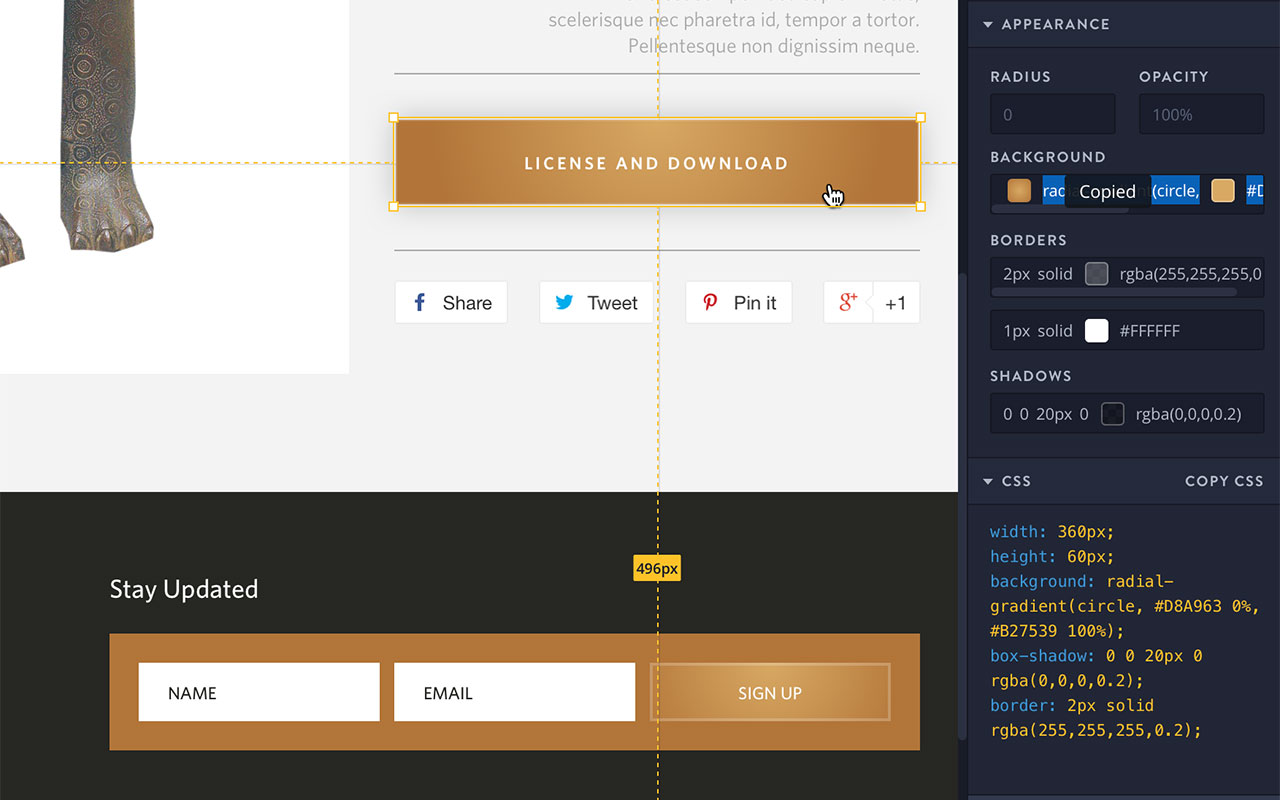
Conclusion
Most of the actual design work happens at step 5. Don’t skip ahead—jumping forward usually means going back, wasting time, budget, and causing frustration. Follow the steps in order to keep things smooth for you and your client.
When faced with a blank canvas, stay calm. Take it one step at a time. After repeating this process, you’ll find your rhythm, leaving space for creative deviations and improvements while nailing the basics first.
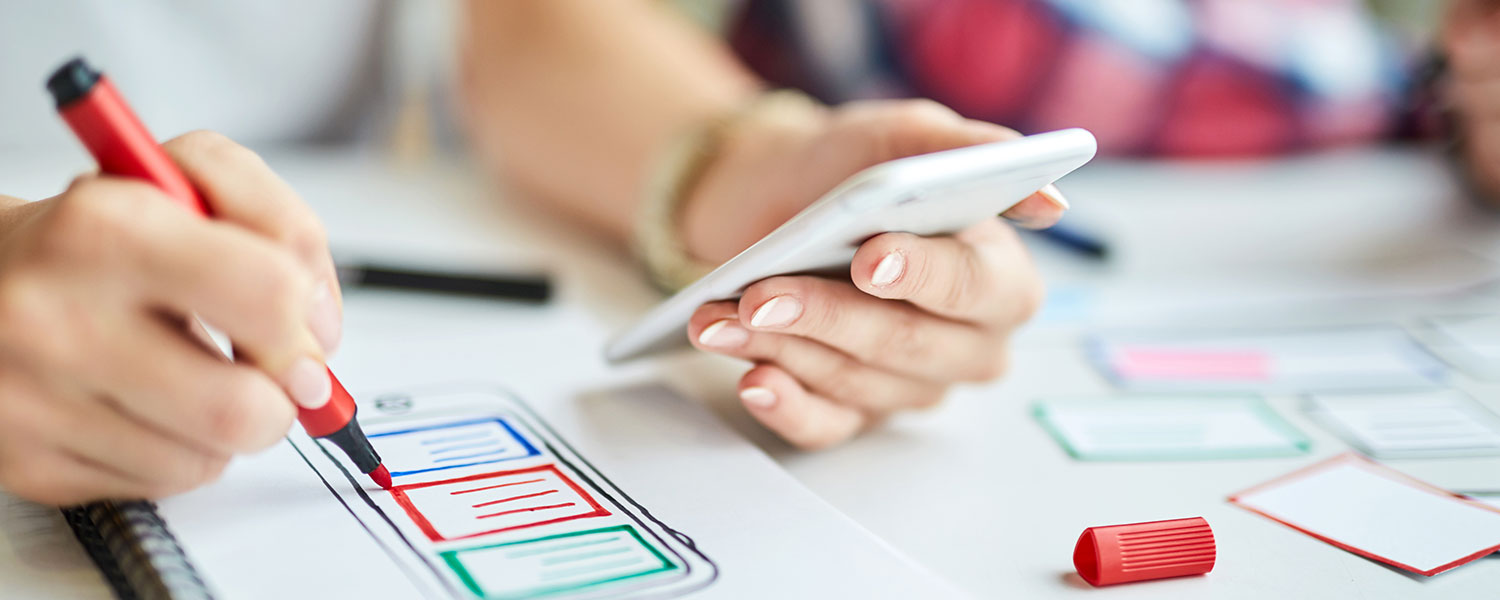

Your blog has quickly become my go-to source for reliable information and thought-provoking commentary. I’m constantly recommending it to friends and colleagues. Keep up the excellent work!
Solid points all around.